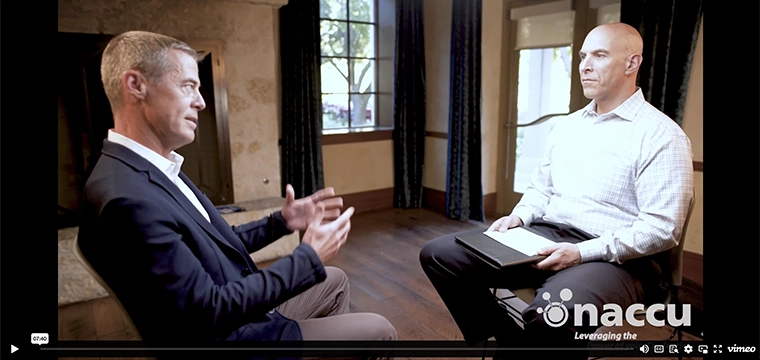
As more students tote plastic, institutions grapple with convenience versus cost
Institutions or their vendors also want vending machines to be available to everyone. In the past it might have just been cash or campus card at these devices, but it’s more and more likely that open-loop payments are also accepted, says Tal Clark, senior vice president of Global Product Sales at payment processor First Data. “Many of the vending machines are accepting contactless or near field communication transactions too,” he adds.
The holdout from open-loop payment on campus may prove to be the printers, photocopiers and laundry, says Pawlak. “There are campuses that don’t accept them for micropayments where transactions are pennies at a time,” he adds. But still, there are solutions available that can even bring open loop into these hard-to-reach environments.
Where a university is located may also play a part in whether open-loop payments are accepted, says Pawlak. Campuses located in metropolitan areas tend to have a harder time convincing students to use closed loop payments. Institutions where students spend higher percentage of time on campus and are more residential in nature, have an easier time keeping payments local to the card.
Often it’s the freshman class that gets the most use out of a campus card and the funds placed on them, Norwood says. Freshmen that live on campus often have to purchase a meal plan and rely on intramural commerce opportunities. As students move off campus, the venues competing for their dollars expand.
First Data has seen a lot of activity for open-loop payments on campus in recent years, says Clark. “It’s prevalent almost everywhere – athletic arenas and most food service options are taking credit and debit,” he adds.
Though fees typically come up when discussing of open loop, Norwood points out that closed-loop payments come at a price as well. “There are costs to run a closed-loop system – purchasing terminals, assigning people to run the system and reconciling the payments – it doesn’t come cheap.”
This fact is certainly hastening the migration to open loop on some campuses.
But while the trend points to a continued rise in open-loop payments on campus, it doesn’t mean closed loop payments are going away. “Even as campuses deploy open loop, they are also retrofitting and adding to their closed-loop programs,” Pawlak says.




